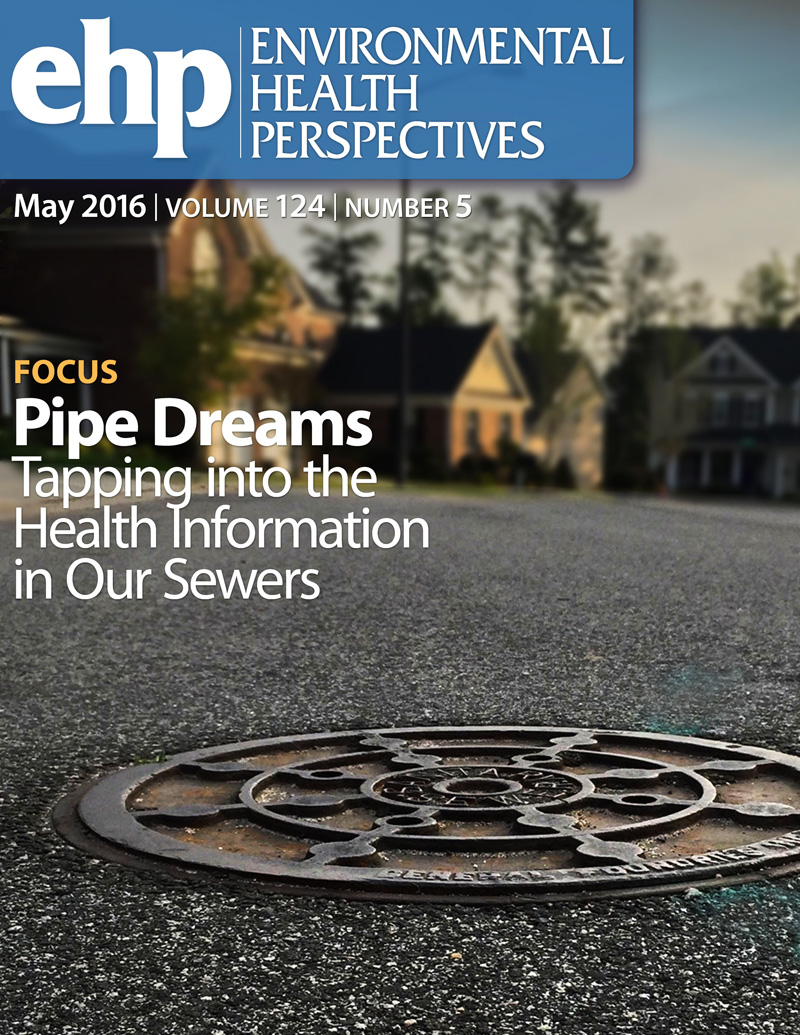Pavements to Longevity: The Influence of Neighborhood Walkability on Mortality in Taiwan.
IF 9.8
1区 环境科学与生态学
Q1 ENVIRONMENTAL SCIENCES
引用次数: 0
Abstract
BACKGROUND There is limited information on the association between walkability and health in Asian countries. OBJECTIVE Our study aims to investigate the association between neighborhood walkability and mortality in Taiwanese adults. METHODS We selected 457,874 participants (≥18 years old) from Taiwan who joined a standard medical examination program between 1998 and 2016, and followed them until 31 July 2021. Three walkability measures were estimated within a walking distance of 640m of participant's addresses: points of interest (POI), transit stations, and impedance (restrictions to walking due to absence of intersections and physical barriers). Walkability measures were applied as continuous and categorical (tertiles) variables in data analyses. Mortality data was obtained from the National Death Registry maintained by the Ministry of Health and Welfare in Taiwan. A time-varying Cox regression model was used to investigate the association of neighborhood walkability with deaths from natural causes and specific causes. RESULTS This study identified 24,744 deaths over a median follow up of 16.9 years. Compared with participants living with the first tertile for numbers of POI and transit stations, those living with higher numbers of POI and transit stations were associated with a lower risk of natural-cause mortality, with hazard ratios (HRs) (95% confidence intervals (CIs)) of 0.97 (0.94, 1.00) and 0.93 (0.90, 0.96) for second and third tertiles of numbers of POI, and 0.99 (0.96, 1.02) and 0.94 (0.92, 0.98) for second and third tertiles of numbers of transit station, respectively. Each unit increase in POI and transit stations were associated with a 3% [HR (95% CI): 0.97 (0.96, 0.99)] and 2% [HR (95% CI): 0.98 (0.97, 0.99)] reduced risk of natural-cause mortality, respectively. In addition, compared with living in areas with the first tertile of impedance, living with the third tertile of impedance was associated a higher risk of natural-cause mortality, with HRs (95%CI) of 1.01 (1.00, 1.03). One unit increase in impedance was associated with a 1% [HR (95% CI): 1.01 (1.00, 1.03)] increased risk of natural-cause mortality. We also found significantly inverse associations between three walkability measures with deaths from cardiovascular diseases, and between POI and death from chronic respiratory diseases. CONCLUSION Our findings indicate that a higher level of neighborhood walkability was associated with a lower risk of mortality. Our data suggests it is important to take into account neighborhood walkability in urban planning and health guideline development. https://doi.org/10.1289/EHP15209.长寿的道路:台湾邻里步行对死亡率的影响。
背景:在亚洲国家,关于可步行性与健康之间关系的信息有限。目的探讨台湾成人邻里步行与死亡率的关系。方法选择1998年至2016年参加标准体检项目的台湾457,874名参与者(≥18岁),随访至2021年7月31日。在参与者地址640米的步行距离内,估计了三个步行性指标:兴趣点(POI)、交通站点和阻抗(由于缺乏十字路口和物理障碍而对步行的限制)。在数据分析中,可步行性措施被用作连续和分类变量。死亡率数据来自台湾卫生和福利部维护的全国死亡登记处。采用时变Cox回归模型调查社区步行与自然原因和特殊原因死亡的关系。结果在16.9年的中位随访期间,该研究确定了24,744例死亡。与居住在POI和中转站数量第一分位数的参与者相比,居住在POI和中转站数量较高的参与者自然死亡风险较低,POI数量第二和第三分位数的风险比(95%置信区间(ci))分别为0.97(0.94,1.00)和0.93(0.90,0.96),交通站点数量第二和第三分位数的风险比(hr)分别为0.99(0.96,1.02)和0.94(0.92,0.98)。POI和中转站每增加一个单位,自然死亡风险分别降低3% [HR (95% CI): 0.97(0.96, 0.99)]和2% [HR (95% CI): 0.98(0.97, 0.99)]。此外,与生活在阻抗第一十分位数的地区相比,生活在阻抗第三十分位数的地区的自然原因死亡风险更高,其hr (95%CI)为1.01(1.00,1.03)。阻抗每增加一个单位,自然死亡风险增加1% [HR (95% CI): 1.01(1.00, 1.03)]。我们还发现,三种步行性指标与心血管疾病死亡、POI与慢性呼吸系统疾病死亡之间存在显著的负相关。结论:我们的研究结果表明,较高的社区步行水平与较低的死亡风险相关。我们的数据表明,在城市规划和健康指南制定中考虑社区步行性是很重要的。https://doi.org/10.1289/EHP15209。
本文章由计算机程序翻译,如有差异,请以英文原文为准。
求助全文
约1分钟内获得全文
求助全文
来源期刊

Environmental Health Perspectives
环境科学-公共卫生、环境卫生与职业卫生
CiteScore
14.40
自引率
2.90%
发文量
388
审稿时长
6 months
期刊介绍:
Environmental Health Perspectives (EHP) is a monthly peer-reviewed journal supported by the National Institute of Environmental Health Sciences, part of the National Institutes of Health under the U.S. Department of Health and Human Services. Its mission is to facilitate discussions on the connections between the environment and human health by publishing top-notch research and news. EHP ranks third in Public, Environmental, and Occupational Health, fourth in Toxicology, and fifth in Environmental Sciences.
 求助内容:
求助内容: 应助结果提醒方式:
应助结果提醒方式:


